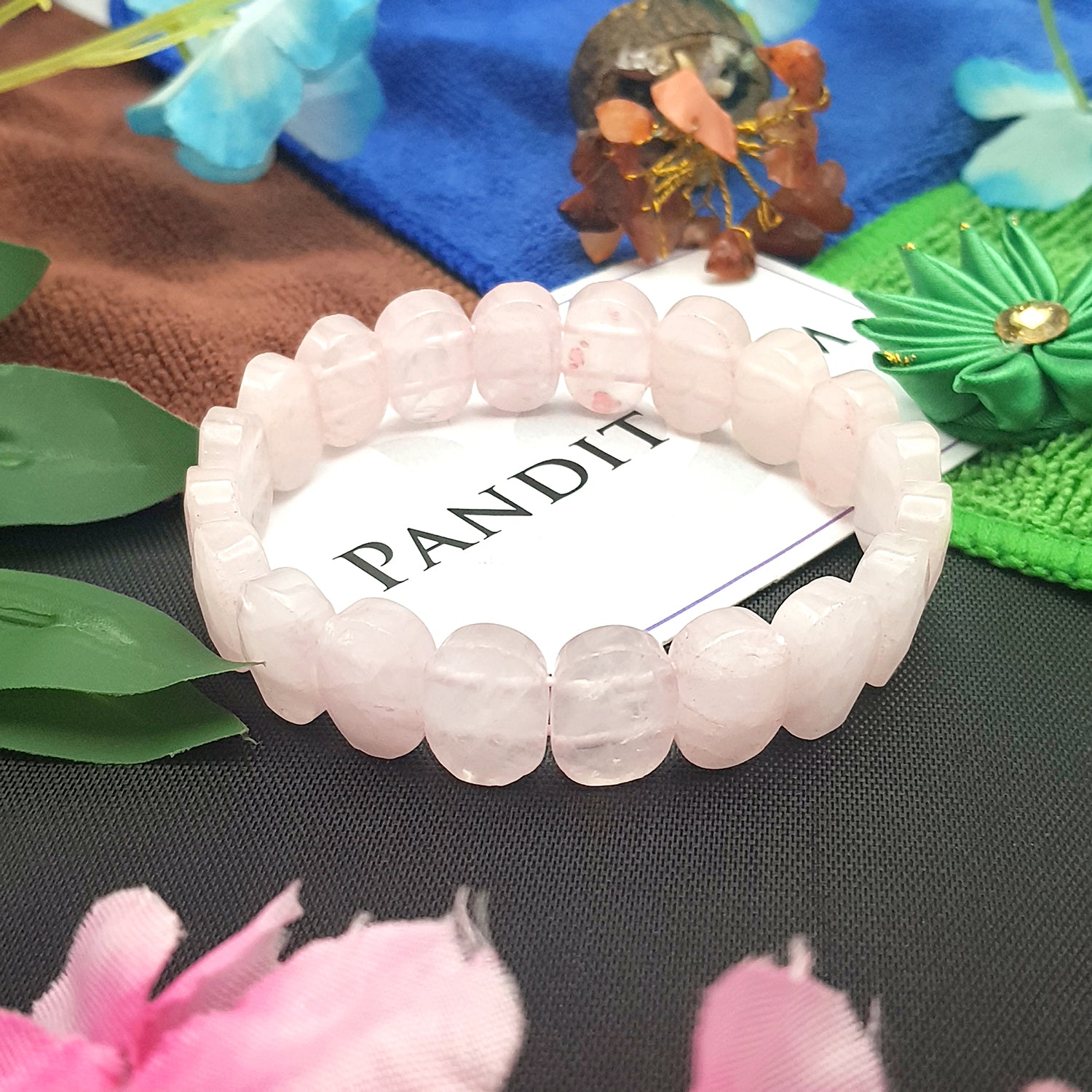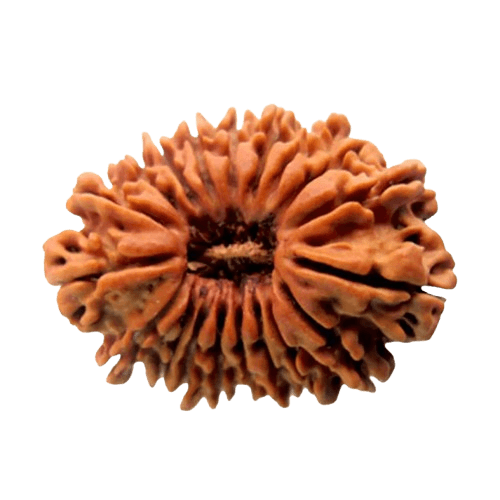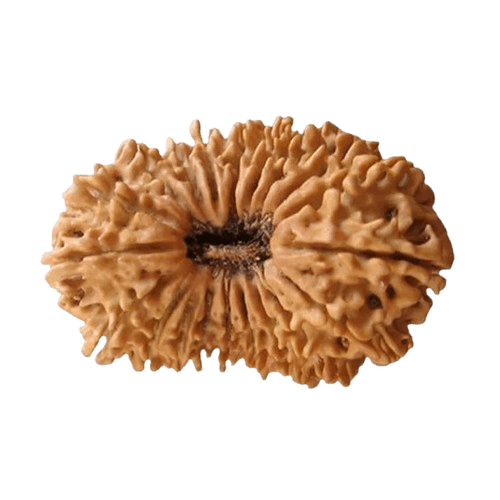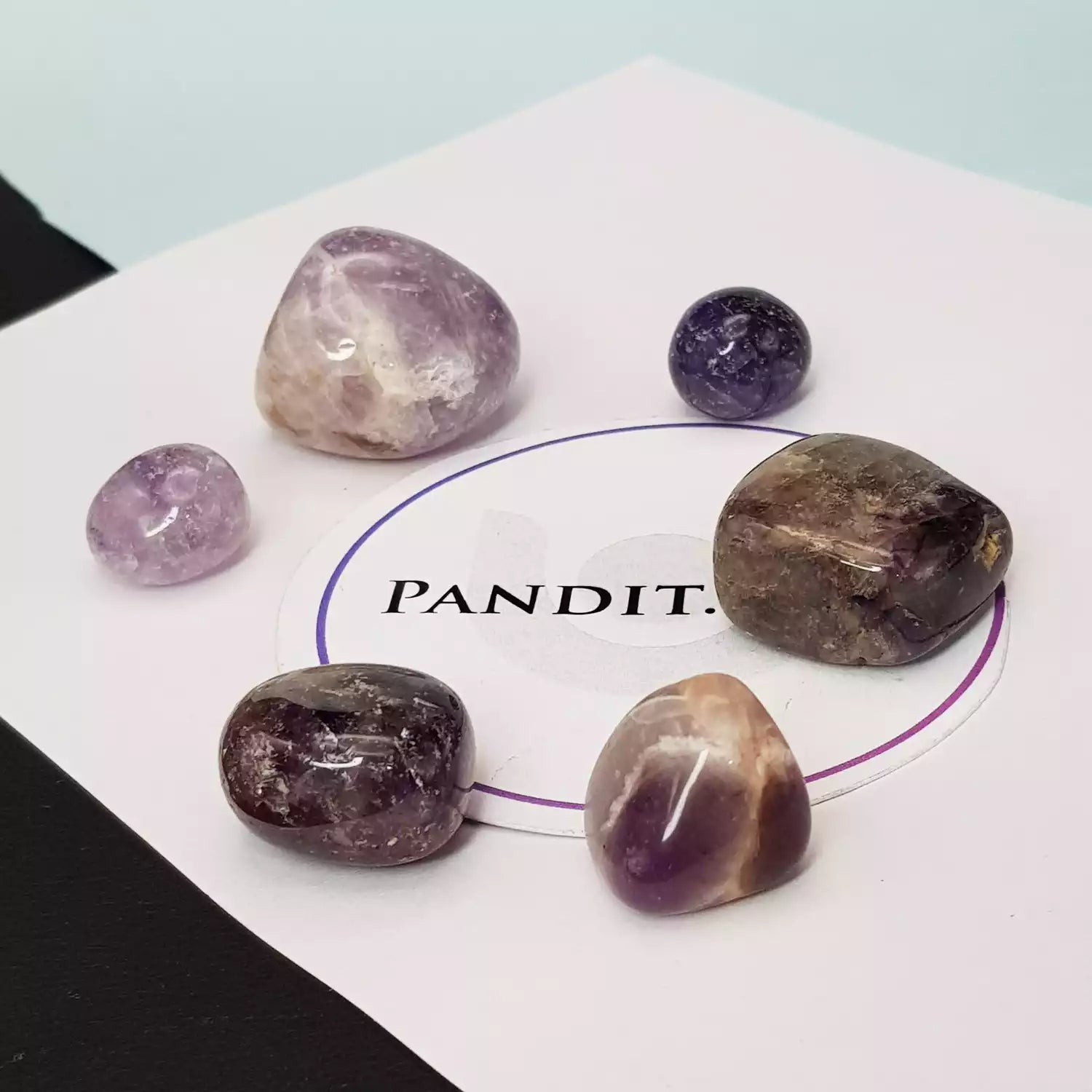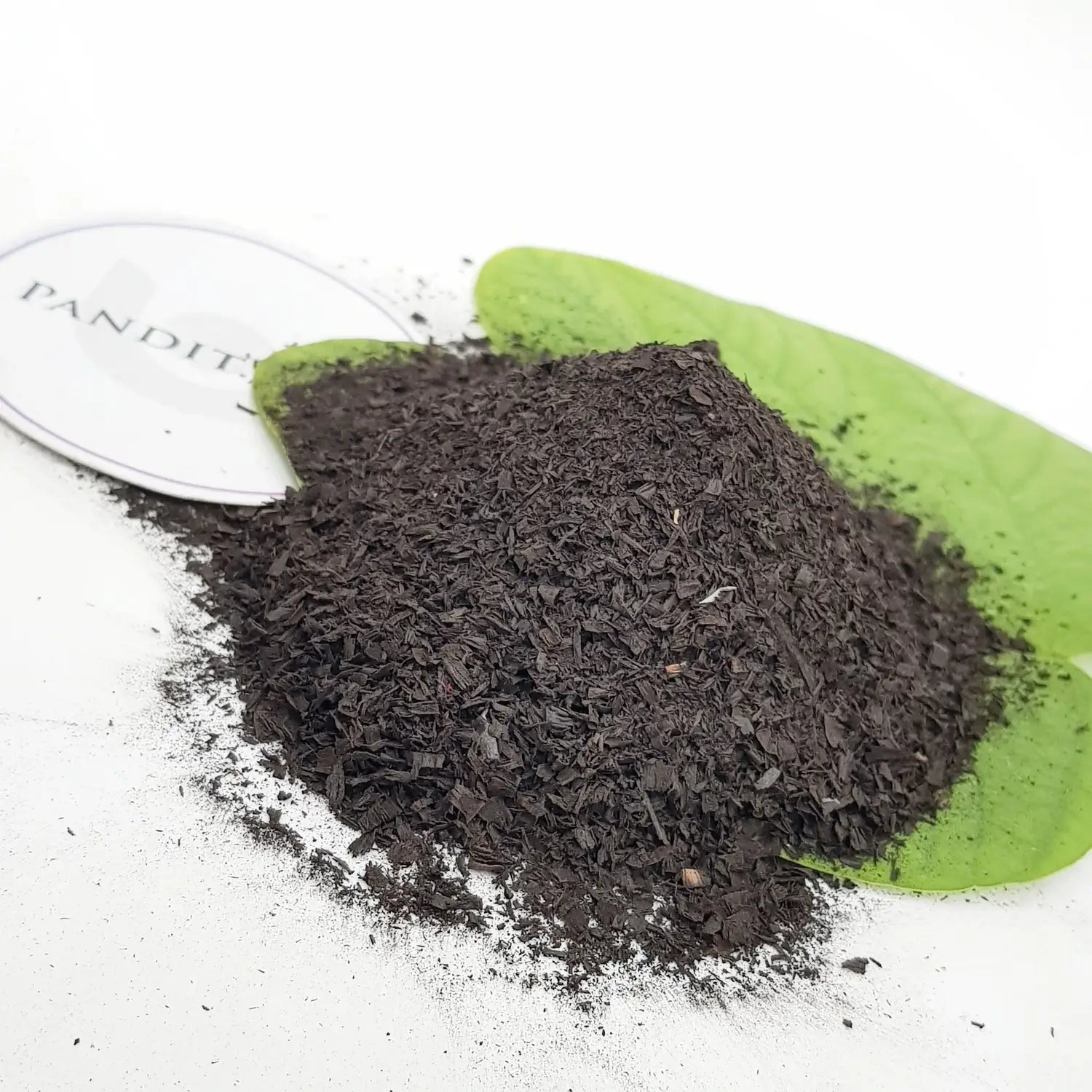
‘Vasant’ meaning Spring and ‘Panchami’ meaning the fifth day. This festival is celebrated every year on the fifth day of the Indian month, ‘Magh’ also known as the spring season. This festival marks the beginning of the spring festival and is dedicated to the Goddess of Learning, Sarawasti. The color of the spring season is yellow also know as ‘Vasanti’. The yellow color symbolizes prosperity, energy and optimism, it is therefore considered auspicious to wear yellow colored clothes and eat yellow colored food like sweet rice, pulses etc. on this day. People also feed milk to snakes on this day to bring prosperity and happiness in their lives.
What is the history behind celebrating the festival of ‘Basant Panchami’?
Goddess of Learning, Saraswati is worshipped in our culture to seek her blessings for gaining knowledge, wisdom, art, culture etc. This festival marks the birth of Goddess Saraswati. Devotees pray to the goddess to attain enlightenment through knowledge and get rid of evils such as letharginess and ignorance. It is a well known fact that a person who is knowledgeable will achieve everything in this world. According to the folklore, ‘Brahma Vaivarta Purana’, God Brahma, the creator of earth and humans, planned to visit earth in order to see how humans were living. He was very disappointed to see that his sins were not happy and were feeling lonely. He then created Goddess Saraswati who in turn imparted wisdom, knowledge, music and other art forms to the humans. This made the beings on earth very happy. Thus, Lord Krishna granted the blessing to Goddess Sarswati that she will be worshipped this day.
What are the steps one has to follow to perform ‘Saraswati Pooja’ on the eve of ‘Vasant Panchami’?
- Devotees must take shower in the early ’Brahmamuharta’ with holy water. The water must contain neem and tulsi leaves, before that the devotee must apply a paste of tulsi and neem paste on his body. It symbolizes purifying the body and getting rid of skin problems. After shower, the devotee must wear either yellow or white colored dresses.
- In the praying area, one must spread the white cloth on a raised platform and place the idol on it. Decorate the idol with ‘kumkum’, rice grains, turmeric, garlands and flowers. One should place books, musical instruments, wooden pen and ink-pot near the idol. Fill the pot with water and place the mango and betel nut leaves on it. Many devotees often keep the idol of Lord Ganesha also.
- After the set up, the devotee must take water in his hand and invoke Lord Ganesha first by offering flowers and ‘Bel Patras’ at his feet, repeating the same procedure with the idol of the goddess. The mantra to be be chanted, “Yaa kundendu tushaaradhawala, you shubhra vastravrutha Yaa Vienna veranda manditakara you sweetie padmasanaa. Yaa brahmachyuta shankara prabhrutibhi devai sadaa vandita, Saa maam pathu saraswati bhagavati nishshesha, jadyapaha. Aum saraswathyae namah, dhyanartham, pushpam samarpayami.”
- After invoking, the devotee must light the lamp and incense sticks, offer sweets, fruits and ‘prasadam’ to the deities. Chanting of Gayatri Mantra is also significant which is: “Om Bhurbuvah Sawha Tatsarvitur Vareniyam Bhargodevasya Dhimahi Dhiyoyonah Prachodyat”. This is a very powerful mantra which is chanted by students and artists.
- One should not read or study this day and consume only vegetarian food in order to seek blessings from the Goddess Of Learning.



